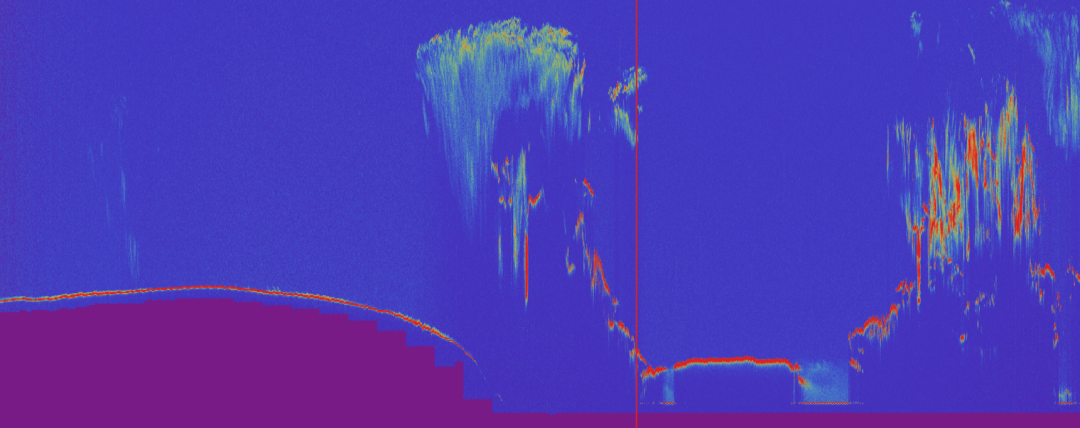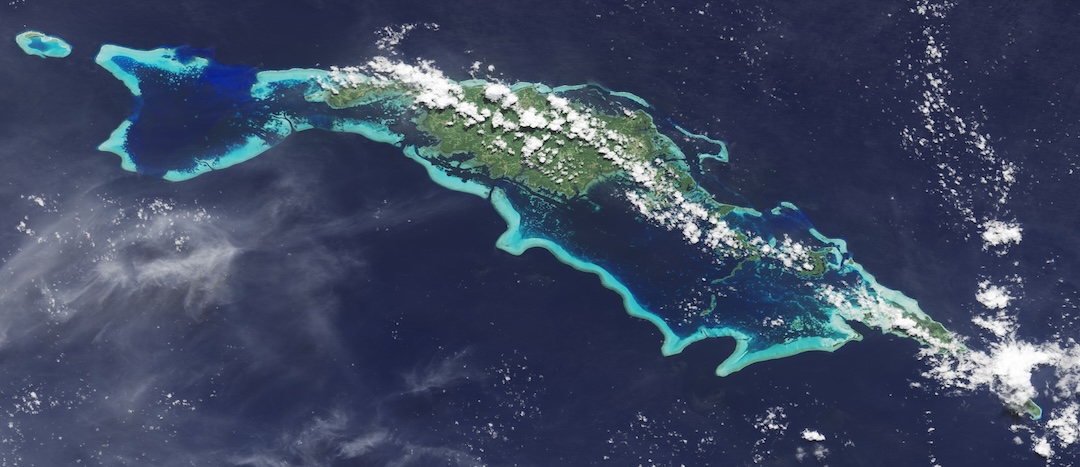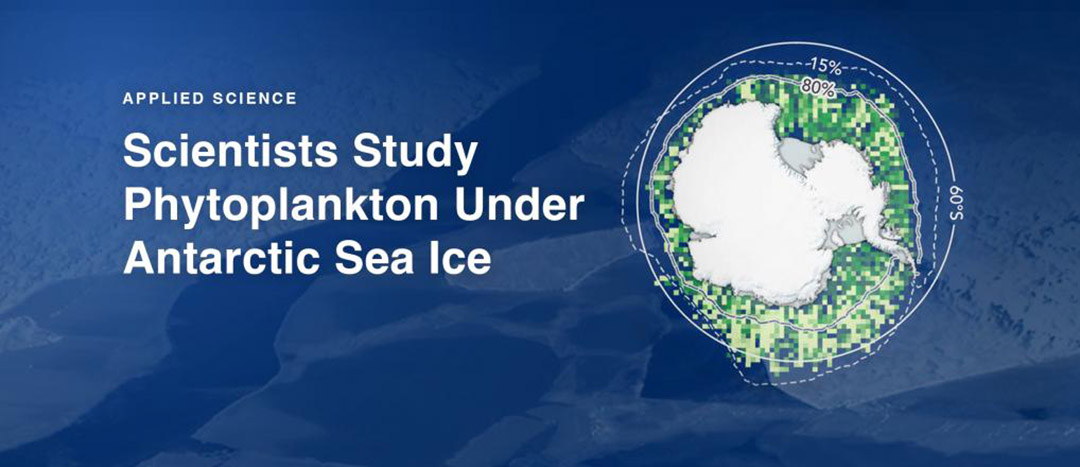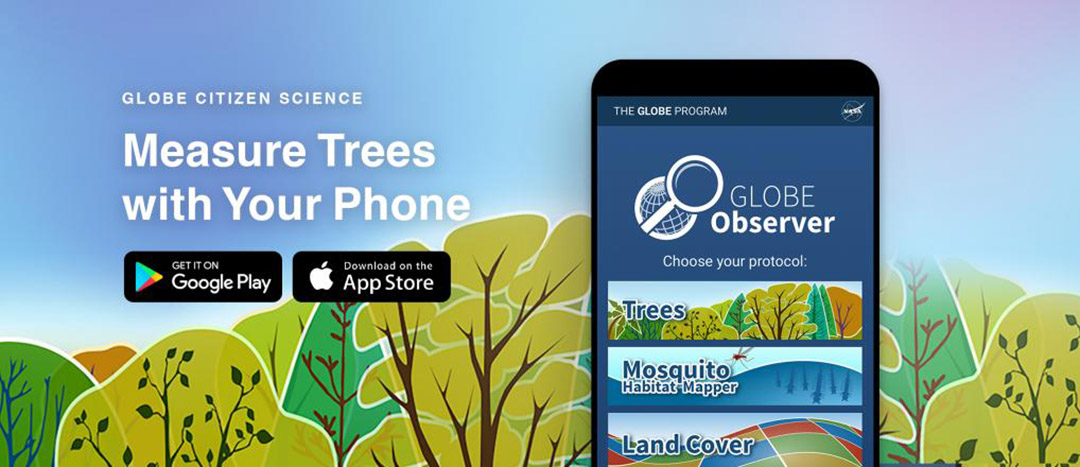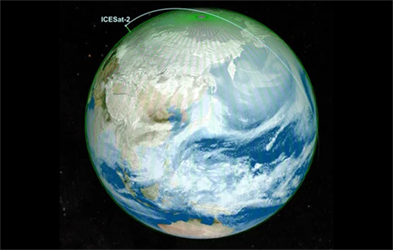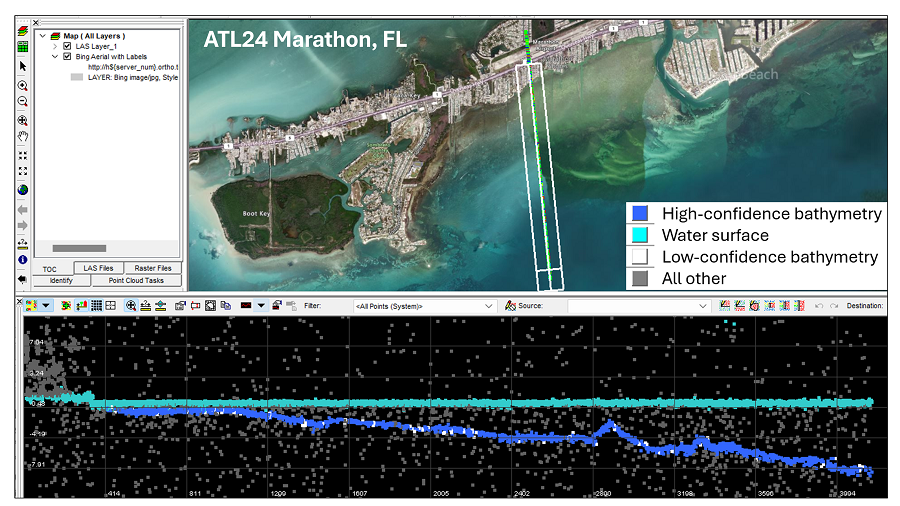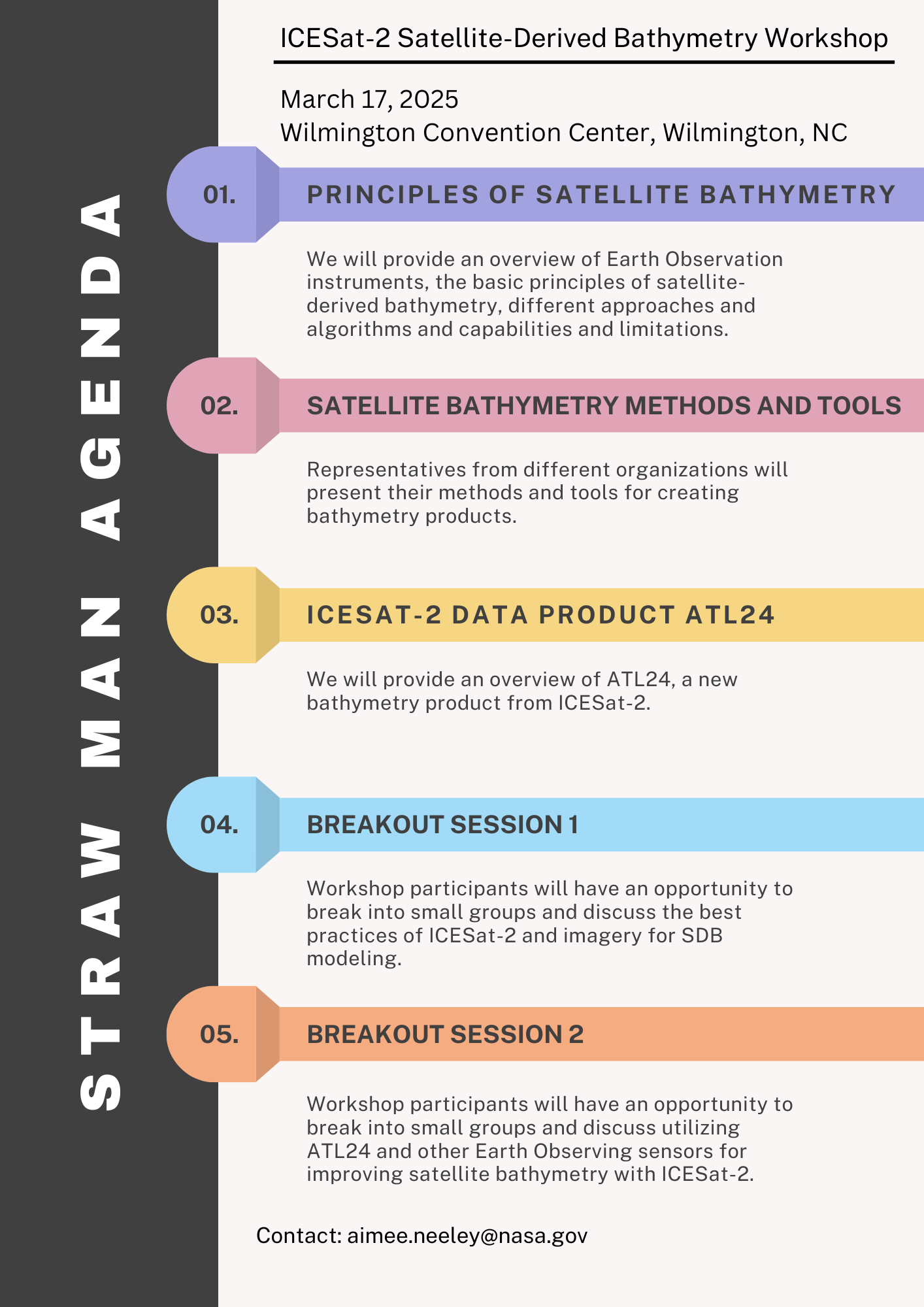Launched on September 15, 2018, from the Vandenberg Air Force Base in Lompoc, California, the NASA Ice, Cloud, and land Elevation Satellite 2, or ICESat-2, carries a photon-counting laser altimeter that allows scientists to measure the elevation of ice sheets, glaciers, sea ice, tree canopy height, ocean height, and more - all in unprecedented 3-D detail. ICESat-2 helps scientists investigate why, and how much, our Earth is changing in a warming climate.
News
Events
Did You Know?
The ICESat-2 laser pulses 10,000 times a second; each pulse releases about 300 trillion photons. Only about a dozen photons hit Earth’s surface and return to the satellite.


